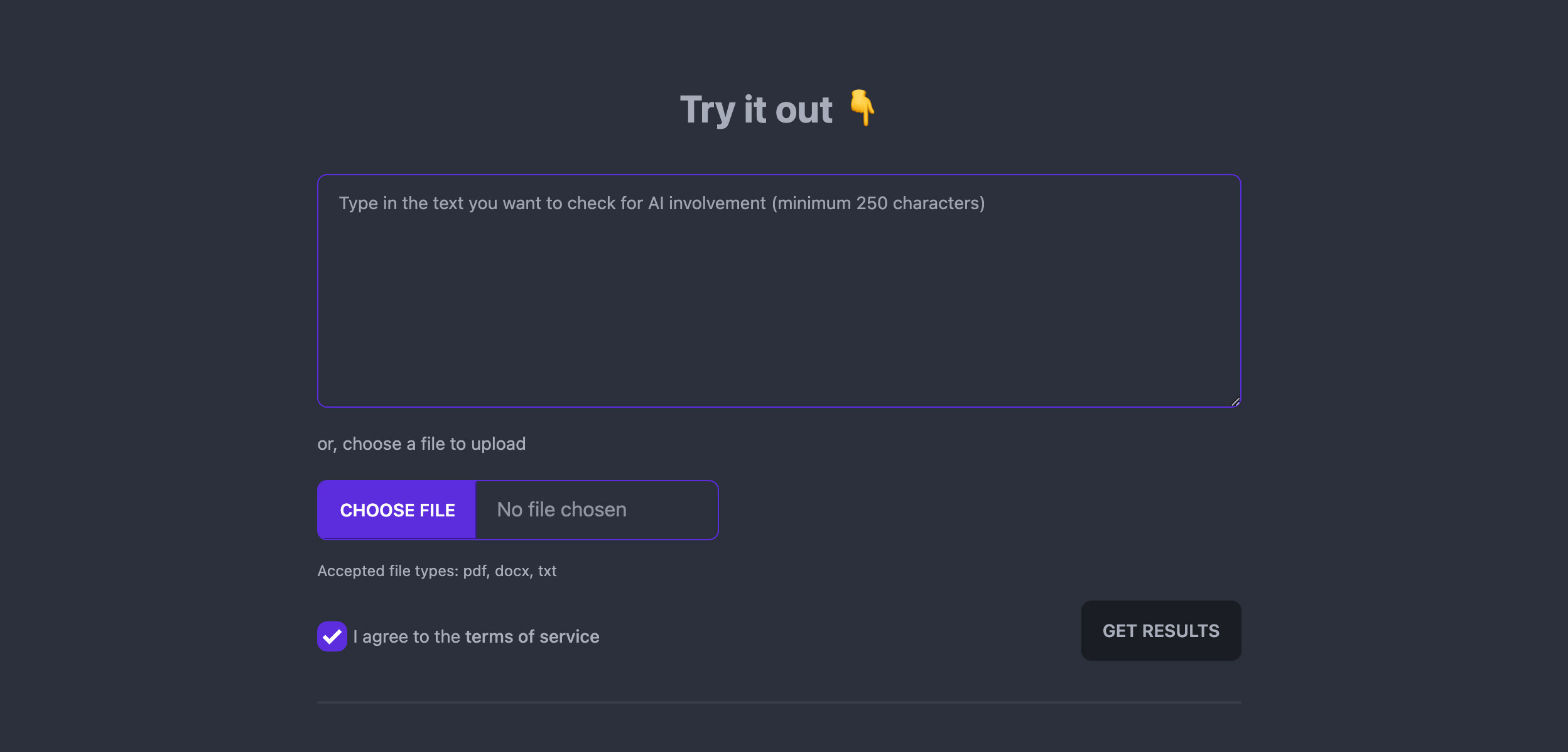5 Plagiarism Detection Tools to Tell if Content is Written by ChatGPT
Original Source: https://www.hongkiat.com/blog/chatgpt-plagiarism-detection-tools/
AI is achieving new feats each day, and ChatGTP is its recent one. OpenAI’s ChatGTP has taken over the Internet by storm. From providing answers to just about any question to doing college assignments and homework, it can do a lot.
However, this has also created challenges around AI-assisted plagiarism for the academic community and content creators. So in this post, we are giving a list of online plagiarism detection tools to catch bot-generated content. Take a look to see which one’s the best to help you out in detecting AI-assisted plagiarism.
1. GPTZero

GPTZero is an online app that can detect AI-assisted plagiarism in any text. Developed by Edward Tien, it is a minimal yet powerful app that can tell if a piece is written by AI bots like ChatGPT or a human.
GPTZero tests the text entered into the app based on perplexity or randomness in a sentence and burstiness that measures overall randomness in the entire text. Meaning that the text written by humans will have more perplexity and overall burstiness.
The app is basically aimed at teachers who might want to know if their students are writing assignments with the help of AI bots.
Moreover, the app has been tested against human and GPT-generated text and has reaped quite accurate results.
2. GLTR

Next on the list is GLTR (Giant Language Model Test Room). This is an online tool based on an algorithm that can detect possible plagiarism resulting from AI-generated text written by a bot like ChatGPT.
The algorithm analyzes the text based on a huge database of predicted words and highlights the words in the text that are among the top 10 (green), top 100 (yellow), or top 1000 (red) predicted words.
So, the more predicted words there are in a text, the more likely it is that the text is bot-generated rather than human-generated.
GLTR is a joint effort of MIT-IBM Watson AI Lab and Harvard Natural Language Processing Group. However, the algorithm works better for detecting GPT-2-generated text rather than the more recent ChatGPT-assisted text.
3. GPT-2 Output Detector

If you want to detect AI-assisted plagiarism in a text that you suspect to be generated by ChatGTP’s older version GPT-2, then this tool can be really helpful.
GPT-2 Output Detector can highlight if the text is human-generated or bot-generated (specifically through GTP-2) with a good accuracy rate. However, the tool highlights that the results will start getting better after 50 tokens.
4. Writer.com’s AI Content Detector

Unlike other tools in the list, this AI Content Detector is actually a part of an AI-powered writing platform that also helps you detect AI-generated content.
You can either paste the content that you want to check or add the link of the page that you think has content that might be generated from an AI bot. It’ll take some time to analyze and give you a detection score as the percentage of human-generated content in a text.
There’s, however, a limit of 1500 words that you can run through the AI Content Detector at one time.
5. Crossplag’s AI Content Detector

Crossplag is an intuitive AI content detector that anyone from the field of education, publishing, or content creation can use. You can paste in any kind of text in it, and the tool will provide you information if it’s human-written, bit-generated or mixed.
The tool can detect content in hundreds of languages and curates a resource of billions of web articles for comparison. Moreover, Crossplag upholds a strict privacy policy and ensures no data leaks.
To use Crossplag, you first need to sing up of a free account and then you can paste content to be checked. However, for the free account, the word limit is 1000 per entry. For more features, you can subscribe to a paid package for an individual or educational institute.
The post 5 Plagiarism Detection Tools to Tell if Content is Written by ChatGPT appeared first on Hongkiat.

Leave a Reply
Want to join the discussion?Feel free to contribute!